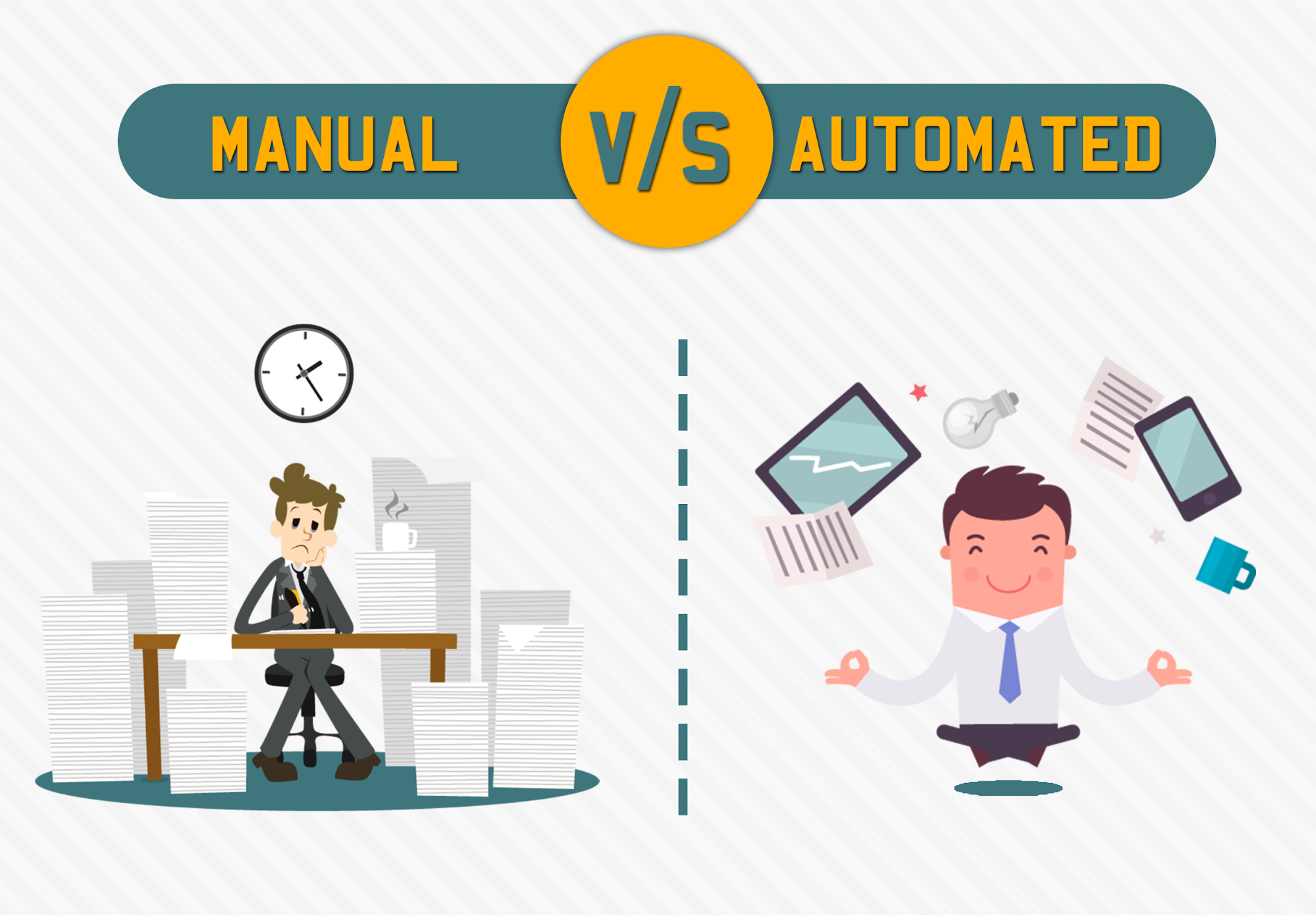Testing is an integral and inseparable component of app development. After developing a software application, a developer needs to find out if it has any bugs. Testing allows them to get an insight into it.
Manual testing and automation testing are the two popular forms of testing used by mobile app development firms these days. Read on to get an insight into what they are all about and how they differ from one another to make an informed choice.
Manual Testing
As the name suggests, manual testing is the form of testing that is performed by a human. A tester checks out all the features and functionalities of an application before its launch to identify bugs in it.
It is the traditional method of testing software applications before making them available to users. A tester relies solely on their manual effort and does not use any tool.
The test reports of an app, thus generated by a tester, reflects the manner of its functioning. Depending on this report, the app development team of a mobile app development company decides its next course of action.
Automation Testing
Unlike manual testing, testers make use of software tools to test the functioning of an app. To do it, they write test scripts or code to automate the performance of testing-related tasks. At the time of using software tools, testers validate the piece of software in use.
Because this form of testing involves the role of software, it yields higher output. Thus, it allows testers to complete testing on a larger number of applications with minimum effort. Alongside saving the hassle of testing several applications at once, it delivers results in quick time.

While it does necessitate slight manual effort, it constitutes one of the best options for the proper execution of repetitive tasks on a large scale. The prescription test runs automatically to compare anticipated results of the functioning of an app with the real-time outcomes.
Manual testing vs. automation testing: key differences
Manual testing solely involves the effort of a human tester without the use of any software application. On the other hand, automation testing involves negligible human effort and is fully directed by software tools.
Manual testing may lead to errors and can be time-consuming as it comprises a human being. Automation testing has an edge on this front as it produces precise results within a shorter duration of time due to the utilisation of software programs.
You can conduct manual testing even as you do not have in-depth programming knowledge but the same is not possible in the case of automation testing. To perform automation testing, you must be an expert in programming.
While manual testing can be random, the same is not possible in the case of automation testing.
If you need to run tests on apps repeatedly, manual testing is not a feasible option. Automation testing is the ideal option to meet this requirement.
With its zero risks, automation testing constitutes a better choice for build verification testing (BVT). In contrast, manual testing has higher risks and as such, it is not suitable for BVT.
Also read:- write for us technology
In the case of manual testing, testers use guidelines and checklists. Automation testing involves the use of frameworks such as Selenium Hybrid, Keyword, Data Drive, and more.
Automated tests feature extensive documentation. As a result, it is suitable for training purposes. Being documented, it simplifies things for developers. Manual automation does not involve such documentation due to which it cannot come in handy for training purposes.
Lastly, manual testing is meant only for a few testing related tasks. It is suitable for Adhoc testing, Usability, and Exploratory.
Automated testing is suitable for repetitive tasks as well as for other testing purposes. These include load testing performance testing and regression testing. Also, it comes in equally handy for load testing purposes.
Manual testing: advantages
- With manual testing, you can expect to get accurate and quick verbal feedback.
- Automation tools can be expensive. As manual testing does not need these tools, it is an inexpensive option.
- Testing manually saves you the hassle of typing complicated codes. On the other hand, coding can be tedious and it may necessitate a lot of effort.
- Manual testing involves intuition and human judgment which is usually better than using automated tools.
Manual testing: disadvantages
- To err is human, so the involvement of a human element in testing always leaves the possibility of making mistakes.
- Not all forms of testing are possible with manual effort. As such, you may need to turn toward software tools.
- You cannot record or capture this form of testing in a video to use it as a manual at the subsequent stages.
Also read:- Technology write for us
Automation testing: advantages
- Automation testing draws the attention of a tester to more bugs in comparison to human testing.
- You can expect precise testing results with this form of testing due to the involvement of tools.
- Automation testing yields higher productivity than manual testing. It is because it comprises software tools that, unlike humans, show no signs of tiring.
- You can record this form of testing. As a clear advantage, it lets you use the recording as a manual at the subsequent stages.
- Automation is a speedy process, which translates into more accomplishment within a shorter duration of time.
Automation testing: disadvantages
- The human aspect is of paramount importance for building an understanding of UI elements such as the sizes of buttons, contrast, sizes, font, and colour.
- Automation tools that are in use at present may be reliable but they are not foolproof. Thus, you may encounter errors or technical glitches when you employ them to execute your testing tasks.
- Running the automation testing process can cost a lot of money and resources. Therefore, it is not a feasible option for a company that plans to operate with a minimal budget.
- With automation testing, debugging can be a difficult process. Apart from expertise, it also necessitates maintenance which can be expensive for a firm that has a tight budget.
Manual testing vs. automation testing: which one should you choose?
Going by the above differences, advantages, and disadvantages, it stands out that automation testing leads the race against manual testing in many ways. However, employing it is not above downsides for the application development team of a company.
The cost factor and expertise in employing the software tools are the areas a company needs to cover before opting for automation testing.
Also read:- write for us tech
No doubt, manual testing saves money in terms of the cost of deployment. But it may slow down the process of testing due to the involvement of a human element. Plus, the latter may also lead to errors which a company can ill afford.
So, it boils down to the budget of a provider of mobile app development services. Plus, convenience also plays a role in it. You can make an informed choice by considering these two factors.
Final thoughts
To sum up, manual testing and automation testing are the two popular methods of testing the functioning of mobile applications. Both options have certain advantages and downsides. While automation testing has an edge over manual testing, you can choose your pick depending on your budget and preferences.
Author bio:
Hello, I am a professional SEO Expert & Write for us Technology blog and submit a guest posts on different platforms- we provides a good opportunity for content writers to submit guest posts on our website. We frequently highlight and tend to showcase guests.




